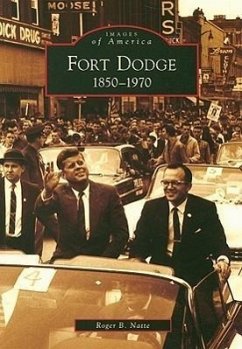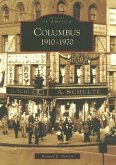Fort Dodge was founded in 1850 as a military post to police the Iowa frontier. A subsequent land boom created fortunes that were reinvested in the local economy. The town soon earned the nickname "Mineral City" because of the extensive deposits of coal, gypsum, limestone, and clay. By 1900, the city was a rail center and the world's largest producer of gypsum products. With a highly diversified economy, the city prospered and by World War I was able to claim to have more skyscrapers per capita than any other city in the Midwest and beautiful public buildings designed by some of the nation's leading architects. Between 1900 and 1925, Fort Dodge enjoyed the role as an important political center and the home of two U.S. senators, the director of the U.S. Mint, the solicitor of the Department of the Treasury, a judge on the U.S. Court of Appeals, Eighth Circuit, and the first presidential press secretary and speechwriter. Sons and daughters of the community went on to establish national reputations in art, music, literature, science, and journalism. Images used in this volume come primarily from the archives of the Webster County Historical Society and were chosen to represent the changing character of the community from 1850 to 1970.







